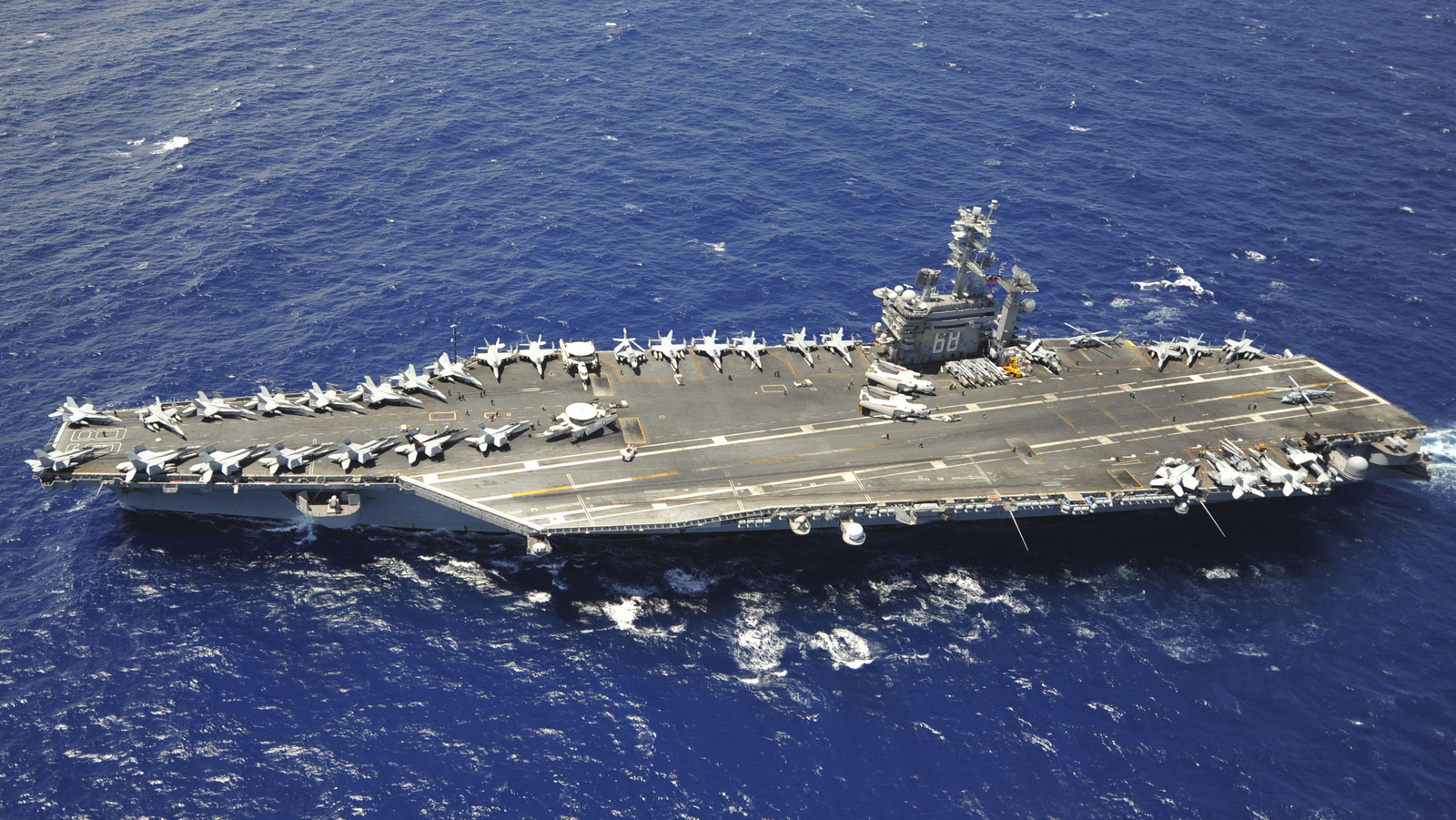
It may be impossible to overstate just how much the introduction of the aircraft carrier changed the face of warfare. From the pivotal Battle of Midway in 1942, through the rest of World War II and in the 80 years that have followed, the aircraft carrier took naval warfare into a new direction. When it comes to individual carriers, there are few more influential or iconic than the USS Nimitz (CVN-68).
The Nimitz isn’t just deserving of a spot among the world’s greatest aircraft carriers, it’s one of the most important warships of all time. But as the oldest American aircraft carrier still in service, the Nimitz’s long and storied career is nearing its end, with her decommissioning scheduled to take place in 2026.
The USS Nimitz and the rest of the nuclear-powered Nimitz-class carriers that followed it would help usher in a new era of global reach and power for the U.S. Navy. The Nimitz’s 50-plus-year service history includes action in combat theaters across the world, from the Iran Hostage Crisis of 1979 and 1980 to its most recent support role in the 2025 Iran-Israel War.
The USS Nimitz, named after World War II’s legendary Admiral Chester W. Nimitz, was commissioned in May of 1975 and would be the first of its class, with nine other carriers (CVN 69 through CVN 77) that would be commissioned through the late 2000s. Powered by a pair of A4W nuclear reactors, the Nimitz, like other nuclear-powered carriers, has unlimited operational range, with a single mid-life refueling and retrofit that allowed the ship to extend its service life to over 50 years.
The Nimitz has been present in nearly all of the U.S. Navy’s major operations during its lifetime, including both Iraq wars. It set off for its final deployment in March 2025, which would include support for the conflict between Israel and Iran. Its flight deck has handled all manner of Naval aircraft during its tenure, from the Vietnam-era F-4 Phantom to the iconic F-14 Tomcat, and more recently, the high-tech F-35C Lightning II.
But in the coming months, that long career will come to an end, with the USS Nimitz due to be replaced in the fleet by the all-new Ford-class USS John F. Kennedy when that ship is delivered in 2027.
As of this writing, the Navy plans to retire the Nimitz in May 2026, though it’s always possible that ongoing geopolitical events could push that date back a bit. When it does pull into port for the last time, the Nimitz’s decommissioning won’t be a short or simple process. Both of its nuclear reactors will need to be carefully defueled and removed before being placed in a shielded transport container. From there, it’s brought to Idaho’s Naval Reactors Facility. Unfortunately for the many Nimitz veterans and naval history enthusiasts, the same environmental issues that make decommissioning the Nimitz such an involved task will also prevent it from becoming a museum ship the way many other retired American carriers have.
Instead, after the long decommissioning process is finished, usable parts will be recycled and saved for other aircraft carriers in the fleet, with the hull itself broken up. Even so, the impact of the USS Nimitz on the history of the U.S. Navy and naval power itself will never be forgotten.
Beyond its naval service, the Nimitz also holds a significant place in popular culture. The carrier played a pivotal role in the 1980 alternate history/science fiction film “The Final Countdown,” one of many movies that have prominently featured aircraft carriers.



